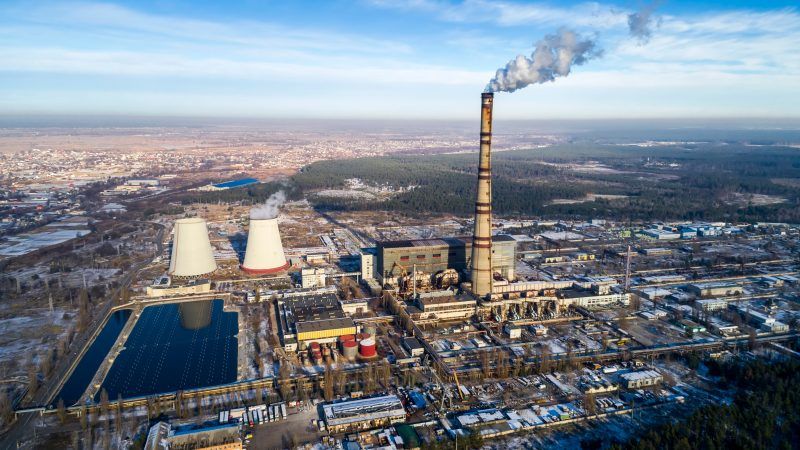SOURCE: Columbia University
DATE: August 6, 2020
SNIP: Researchers recently found pesticides and industrial compounds deposited in snow atop four high-elevation glacier sites on the Norwegian archipelago Svalbard, often considered a “pristine” environment. The long journey of these compounds — likely originating in the United States and Eurasia — shows the far-reaching impacts of industrial pollution.
Svalbard is located in the Arctic Ocean north of Scandinavia. At present, 57 percent of the archipelago is covered by glaciers and ice caps, and it has been subject to minimal local pollution. However, in a study published in early July, researchers reported 13 organochlorine pesticides (a chemical category that includes DDT) and seven industrial compounds deposited in glacial surface snow. Through computer modeling, the research team traced some pollutants back to their possible places of origin, which include the United States and Russia.
Svalbard has experienced minimal local industrial pollution, apart from the coal mining industry, which began when Norway gained sovereignty over the archipelago in 1920 and collapsed under government pressure in 2017. Like myriad other Arctic regions, however, Svalbard’s ice, soils, and water are subject to inputs of persistent organic pollutants, also known as POPs. POPs include pesticides and chemicals like DDT and polychlorinated biphenyls. They are characterized as being persistent, bioaccumulative, and toxic, and can be transported over great distances. Such chemicals resist environmental degradation and gradually accumulate in the body tissue of large predators like, for example, the polar bear. While POPs throughout the Arctic have been well-documented, this study represents the first attempt to understand how atmospheric pollutants are captured by snow and deposited at high-elevation glacial sites.
Because warm air from temperate industrial and agricultural regions tends to move poleward, the Arctic is particularly vulnerable to receiving the world’s pollution. And snow is uniquely efficient in “scavenging” POPs from the air and depositing them on the Earth’s surface. High in the atmosphere, pollutants can condense onto, or be captured by, falling snowflakes. Once settled on the surface of a glacier, fresh snowfall becomes firn (granular snow not yet compressed into ice) and then forms into ice. For the time being, the pesticides and industrial compounds captured by the falling snow are bound up in the frigid landscape. But as the climate warms and Arctic snow cover declines, certain compounds may volatize back into the atmosphere or be carried into surrounding waterways as ice melts.
Concern over persistent organic pollutant accumulation in the Arctic is frequently overshadowed by the threat of climate change, but many see the chemical buildup as a crisis in its own right. As Jianmin Ma, professor of environmental science at Peking University, told GlacierHub, “The snow and ice melting by arctic warming would release these POPs into the air and Arctic waters, enhancing [the] health risk of local residents and oceanic food webs.” Despite their minimal involvement in polluting activities, Indigenous people across the Arctic have felt these health impacts most acutely.

